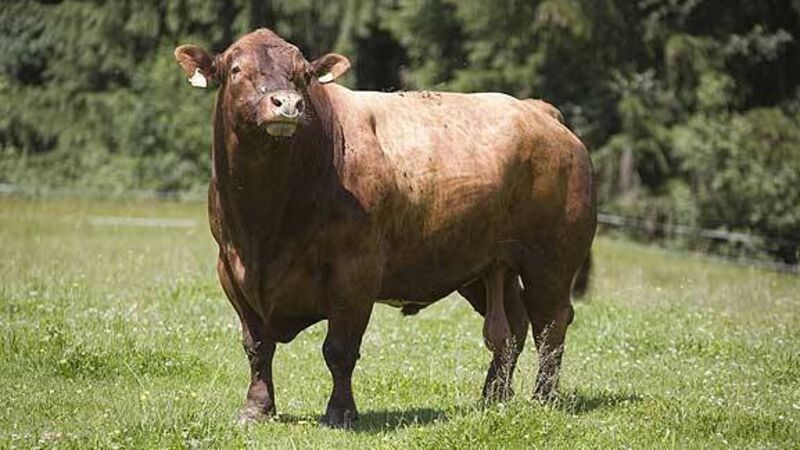Set goals and review performances of weanlings on grass regularly

How you manage them on grass should be determined by their current weight/sex/ target market.
You should set goals for each group now, and review performance regularly.
Try from €1.50 / week
SUBSCRIBEHow you manage them on grass should be determined by their current weight/sex/ target market.
You should set goals for each group now, and review performance regularly.
Already a subscriber? Sign in
You have reached your article limit.
Annual €130 €80
Best value
Monthly €12€6 / month
Introductory offers for new customers. Annual billed once for first year. Renews at €130. Monthly initial discount (first 3 months) billed monthly, then €12 a month. Ts&Cs apply.
Newsletter
Keep up-to-date with all the latest developments in Farming with our weekly newsletter.
Newsletter
Keep up-to-date with all the latest developments in Farming with our weekly newsletter.
Newsletter
Sign up to the best reads of the week from irishexaminer.com selected just for you.
Newsletter
Keep up with stories of the day with our lunchtime news wrap and important breaking news alerts.
Saturday, December 20, 2025 - 9:00 AM
Friday, December 19, 2025 - 1:00 PM
Friday, December 19, 2025 - 10:00 AM
© Examiner Echo Group Limited